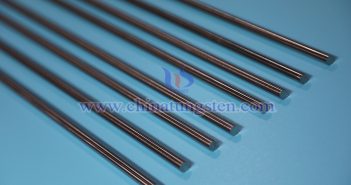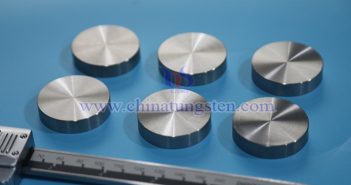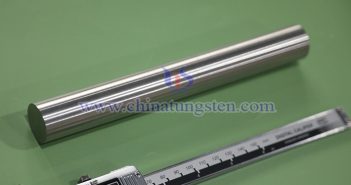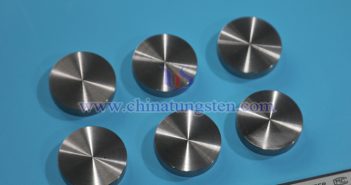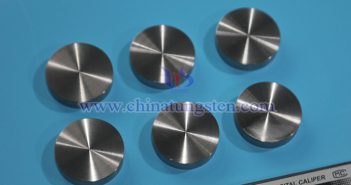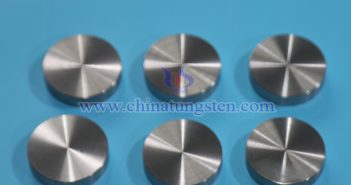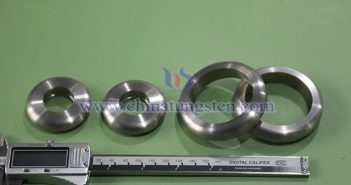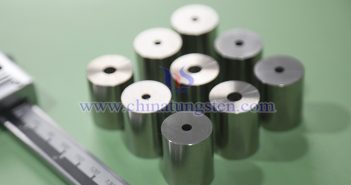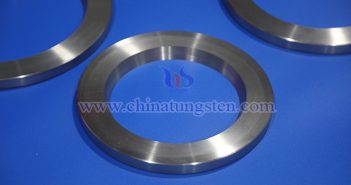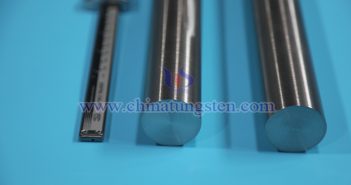
Hydrogen’s influence on tungsten-nickel-iron alloy performance—through hydrogen embrittlement, conductivity degradation, and hydrogen retention—can reduce material reliability. However, controlling hydrogen content and enhancing performance can be achieved through alloy design and surface engineering. I. Hydrogen Embrittlement Effect: Plasticity Loss and Fracture Risk Hydrogen’s solubility in tungsten-nickel-iron alloy is significantly lower than in nickel or iron, leading to its enrichment at grain boundaries, dislocations, and second-phase interfaces. This enrichment triggers two typical hydrogen embrittlement mechanisms: Stress-Induced Hydrogen Precipitation: Under tensile or fatigue…

